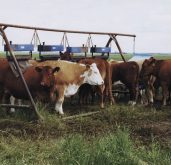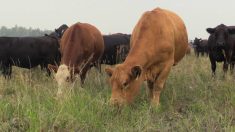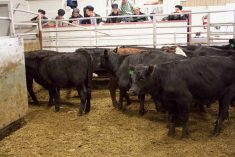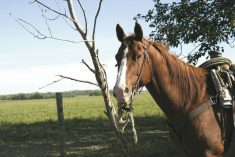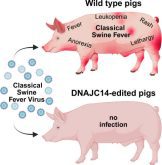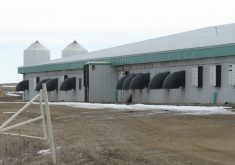Agro-Manitoba is a long way from the ocean, but it’s about to host a major expansion of Canada’s seafood industry.
Canada’s largest aquaculture farm growing Arctic char is coming to the RM of Rockwood north of Winnipeg.
Saphire Springs Inc.’s aquaculture and fish processing facility will take over the former Department of Fisheries and Oceans’ experimental fish hatchery. The farm is set to open in 2026 about 30 kilometres north of Manitoba’s capital.
Read Also
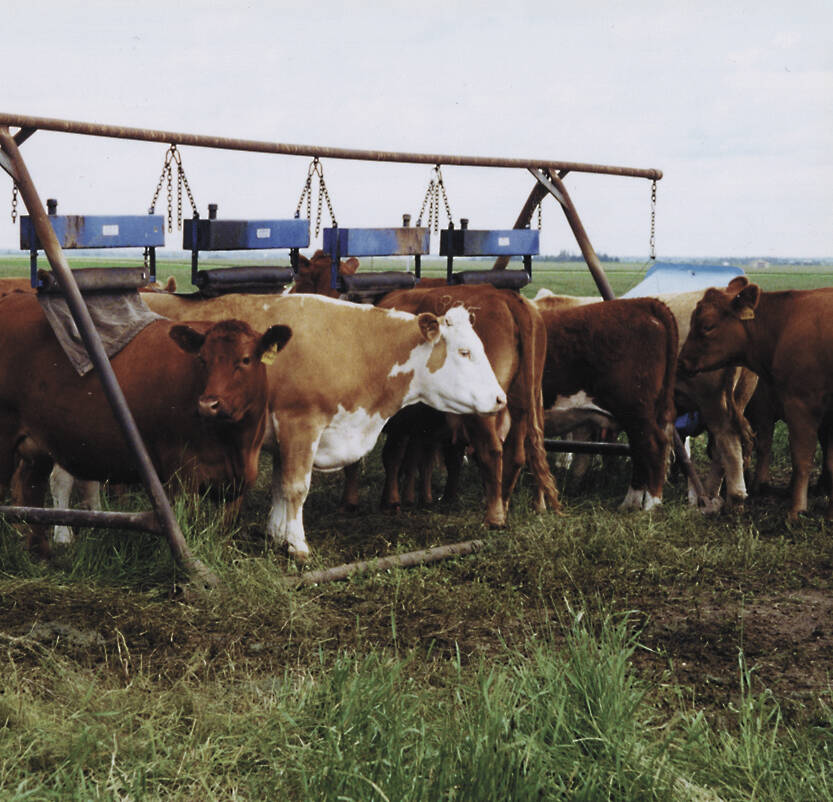
Shifting standards on cattle parasite control
Parasite product resistance has more farmers and veterinarians thinking differently about how to control issues like lice or worms.
The location is built on a natural aquifer and the facility will utilize a recirculating aquaculture system (RAS), to ensure sustainability and minimal environmental impact. the seemingly unlikely choice of location for the facility actually offers significant sustainability benefits, said Doug Hotson, chief operating officer of Sapphire Springs.
First, he cited the local price of electricity. Manitoba has a “fantastic green renewable energy program,” he said.
Secondly, the facility needs plenty of clean water at the right temperature for Arctic char. The chosen location sports a high water table and ideal temperature of 6.5 C, which will warm to 11 C with the recirculating system.
Lastly, they need robust logistical infrastructure and freight systems, which Manitoba has, he noted.
Manitoba Economic Development, Investment, Trade and Natural Resources Minister Jamie Moses said the project will make Manitoba a leader in the Arctic char production industry.
Why it matters: Manitoba’s aquaculture sector is about to expand.
Arctic char is a northern freshwater fish in the family as other species known for their culinary demand, such as salmon and trout. Like those species, it claims market value on its taste and high concentrations of protein, omega-3 fatty acids, and other vitamins and minerals. Its most popular market is Iceland, which is also the main processor and distributor of the fish, contributing 70 per cent (7000 metric tonnes each year) of the global supply.
Sapphire Springs aims to become the Icelandic industry’s main competitor and to grow the market. They hope to produce 5000 metric tonnes per year and increase global supply by 50 per cent when their facility begins operation.
The cold water fish also has a reputation of tasting less “fishy” than other species.
“It’s a milder tasting product which lends itself to chefs and home cooks a little easier than maybe an Atlantic salmon would,” said Hotson.
It is the companies hope that, with more demand for sustainable, healthy protein options, Arctic char may be able to step up to fill the market gap.
The strategy of their business, Hotson said, is to set the stage for better domestic food security by supplementing the current fishery industry and dig a niche as a sustainable, more cost effective protein source.
Arctic char can be grown with two times the density as trout and three times that of Atlantic salmon, and have proven to grow better in a denser environment. That means better space and resource utilization.
Sapphire Springs says they have done their market research on the fish’s potential in Canada, as well as the rest of North America and globally. They already have hopes to expand on each of Canada’s coast to greater supply the Asian and European markets.
Moving along fast
The future Rockwood Arctic char facility is already under construction and on point with its timeline.
“We’re spawning right now, and already have animals on the site that will be our future generation of (broodstock),” Hotson said. “And we’re putting eggs from this fall spawning period right into incubation on our new site. So things are real and things are moving forward.”
The $145 million project is funded by stakeholders, investors, and a $10.75 million repayable loan from the province. That loan was announced Sept. 17.
Ron Kostyshyn, Manitoba’s minister of agriculture, tied the province’s support to their goal to grow rural economic development.
In a release, the province said they expected 224 jobs to come with the facility, including 104 full time positions and an additional 120 indirect jobs.
These are the types of added value opportunities that are needed in the province and in the rural areas, Kostyshyn said, adding that Sapphire Springs is a “prime example” of building up the smaller communities with smaller industries.
Utilizing a suitable geographic area with a smaller population will hopefully drive the population and economic growth for that area, he said.
“‘Build and they will come’, is a common saying I would refer to, and I think we indicate that we have a province, much like Saskatchewan, where we need to not only cater to the larger populated areas, but we have a lot of smaller communities that can bring real estate (and) bring other opportunities of business.”




